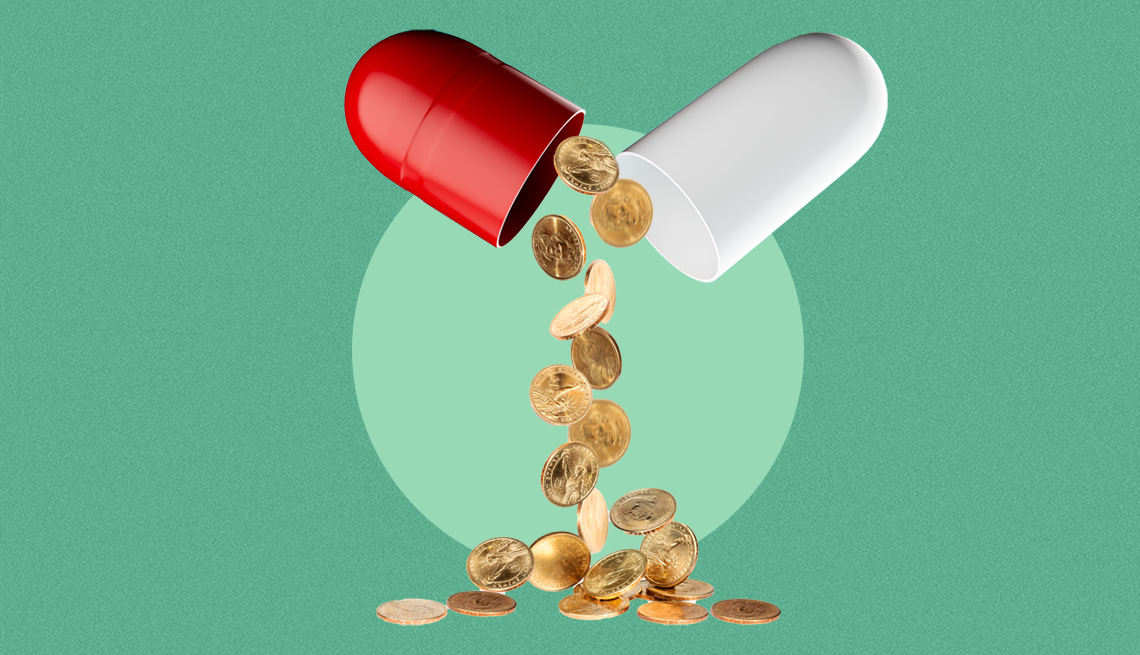Play all audios:
Many people who are taking oral chemotherapy drugs to help treat their cancer are saving thousands of dollars this year on their medication, new research shows. In 2023, people with a
Medicare prescription drug plan paid, on average, more than $11,000 in out-of-pocket expenses for certain chemotherapy pills that can be taken at home. But thanks to the new prescription
drug law that limits out-of-pocket costs at the pharmacy counter for people with a Part D plan, patients are saving a median of $7,260 on these medications in 2024, according to a study
published in the journal _JAMA Network Open _— and the savings are expected to grow in 2025. SPENDING LIMITS EASE CANCER’S FINANCIAL BURDEN In the last decade, oral chemotherapies have
become “really common for cancer care,” says lead study author Benjamin Pockros, M.D., but they have also become “particularly very expensive.” The retail price for some of these medications
hovers around $15,000 for a 30-day supply. “And oftentimes these treatments go on for multiple years, so you can only imagine the cost burden for patients,” adds Pockros, a urology resident
at Michigan Medicine. For the study, Pockros and a team of researchers from the University of Michigan used the Medicare Part D Plan Finder tool to estimate how much beneficiaries were
paying for some of the most common oral chemotherapy drugs, including those prescribed to treat prostate cancer, breast cancer, leukemia and more. In 2023 — before the Medicare Part D
changes in the 2022 law started to take effect — annual out-of-pocket costs for these oral cancer medications averaged $11,284 for people with a Medicare prescription drug plan. Once the new
spending limit was implemented in 2024, annual out-of-pocket expenses dropped to an estimated $3,927. “It’s a difference of almost $7,000 just because of this policy implementation,”
Pockros says. These savings “will likely continue to grow” as the out-of-pocket cap decreases from about $3,500 in 2024 to $2,000 in 2025, the study’s authors write. Research shows that high
drug costs have harms beyond financial strain. Paying more out of pocket for prescriptions is associated with lower rates of medication adherence and increased rates of hospitalization and
mortality, the study notes. “You can imagine, if someone needs to pay $10,000 per year, there’s a real decision to be made: Should I take this medication or should I not take this
medication?” Pockros says. A recent survey from AARP found that roughly 40 percent of adults age 65-plus who are eligible for Medicare have either skipped filling a prescription due to cost
or know someone who has. Roughly 80 percent of adults 50 and older say prescription drugs are too expensive, the same report found.

